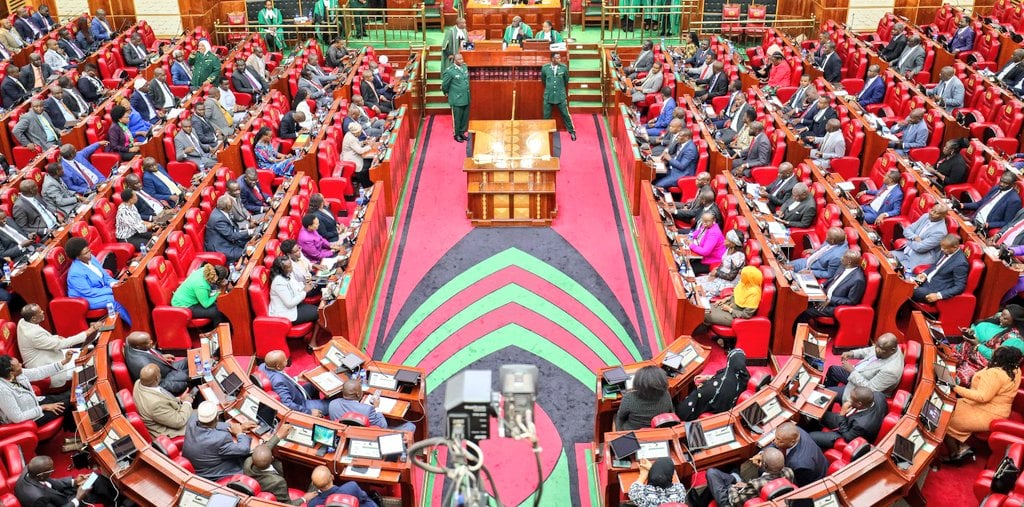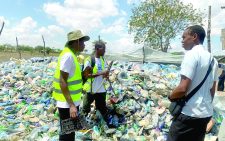Change approach to attain SDG 6 on water provision

According to global agenda, the world must attain universal access to safe and affordable drinking water by 2030. However, with reports of massive pollution on water sources and waterways, the world faces a peculiar challenge.
Some studies link water pollution to development challenges. However, deeper examination of many global problems will be associated with inaccessibility to clean and safe water. According to the United Nation Development Programme, about 40 per cent of world population are affected by water scarcity.
Reports of water pollution in Nairobi river and the disastrous impact on livelihood downstream is heart-wrenching and should inspire action from authorities. It also presents a good opportunity to interrogate wide range of issues linked to inaccessibility to clean and safe water.
According to UN reports, majority of people facing water crisis live in less developed countries. While carrying out water point Mapping survey in Northern Uganda, I encountered cases where lack of alternative source of clean and safe water compel individuals to drink any that is available without regard to safety.
Yet, as observed in Sustainable Development Goal 6 on water and sanitation, social development and economic prosperity depends on sustainable management and sharing of freshwater sources and ecosystem. Hence, we need to ask why inaccessibility to safe water has escaped eyes of political class.
The recent report by the Intergovernmental Panel on Climate Change, on climate change warned of grave impact on accessibility to safe water.
Going forward, there is need for concerted effort to save the world from the impending danger. Given that agriculture consumes 70 per cent of water, first line of defence must be improving agriculture practices to avoid water pollution and wastage. It is also important to sensitise farmers not to till on sloppy terrain. Policies prohibiting use of dangerous chemicals in farms should be formulated and implemented.
Conserving water catchment areas is critical if the world has to avert looming water crisis. For instance, encroachment of the Mau Forest ecosystem has been blamed for drying up of rivers, with disastrous results, including drought and food insecurity. Is this not enough to prompt action? But the Mau issue is a political hot potato, which politicians have taken advantage of to further selfish interests.
To save the Mau, there is need for political will and sensitisation of settlers on the importance of conserving the water tower.
It is also important to put in place measures and legislation to make it expensive for industries that find it easy to dispose of chemical and other waste materials into rivers and other water bodies, posing health risk. While most countries are striving to be industrialised, disposal of waste precipitate remains significant challenge.
Tougher penalties must be imposed on those disposing of untreated industrial waste and sewerage into waterway. To achieve SDG 6, the conversation the world over must be redirected to formulation of effective laws and policies to support better management of water, including recycling.
Importantly, good governance must be the bedrock on which transforming water infrastructure and ecosystem is based. In most cases, corruption aid dangerous practices like disposing of raw waste and sewerage into waterways. —[email protected]








